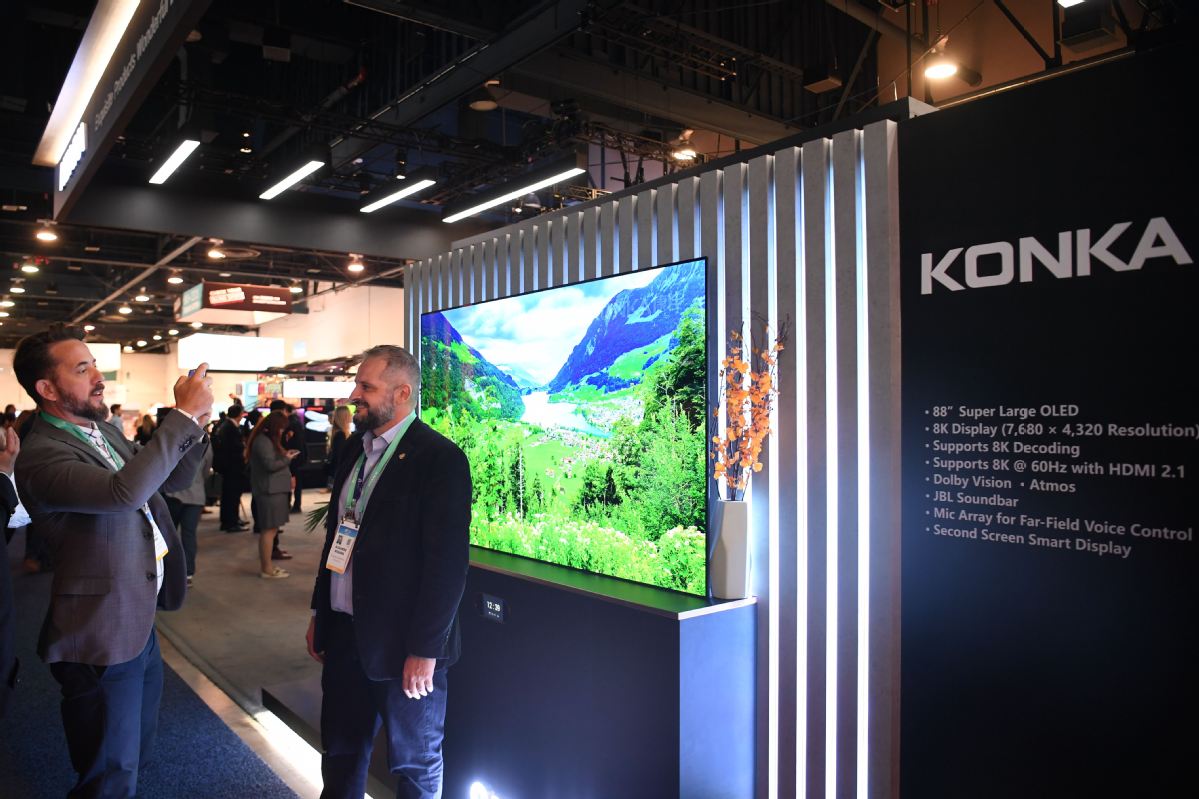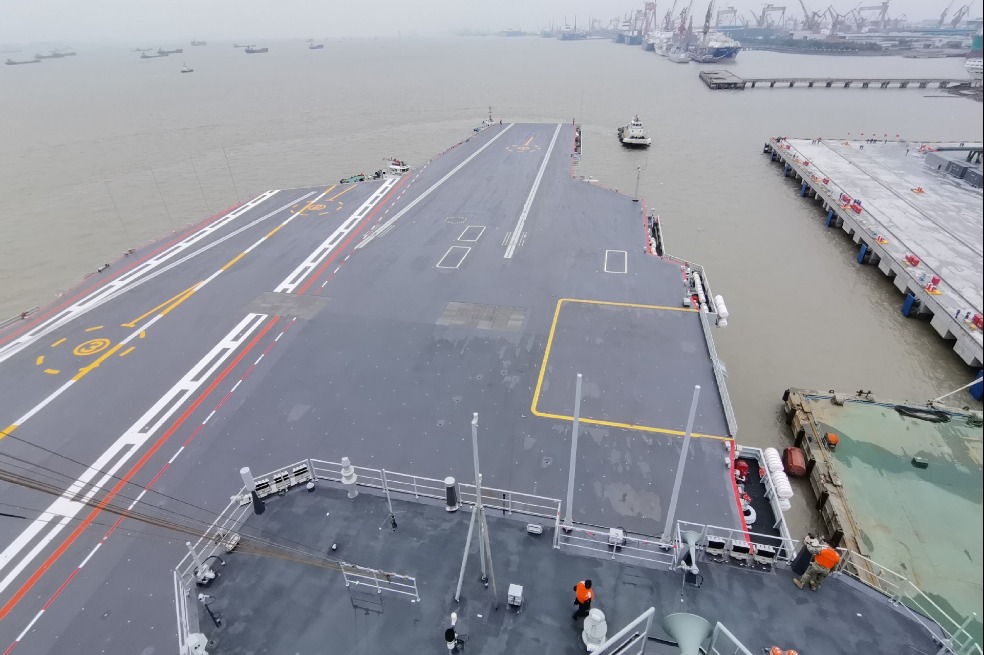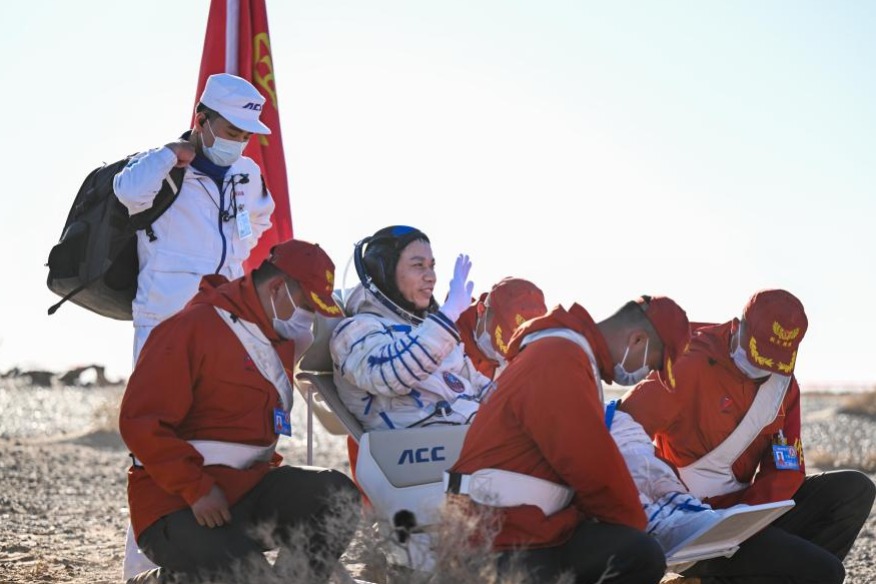Home appliance firms deepen foreign expansion
By Fan Feifei | China Daily | Updated: 2020-01-21 10:09

TCL Technology Group Corp, another Chinese home appliance maker, is stepping up efforts to expand its presence in North America through the export of its advanced manufacturing technologies, and by boosting the production capacity of large-sized products in its Mexico factory.
In 2014, TCL bought Sanyo's TV assembly factory in Mexico for the final assembly of products to be sold in the North American market. The factory could make 3.5 million TV units annually. It has about 1,590 employees, most of whom are Mexican.
In order to cope with trade frictions between China and US, He Daoqing, deputy general manager of the Mexico factory under the TCL Electronics overseas manufacturing center, said the company added three production lines that mainly produce large-sized TVs in the second half of last year.
The sales of TCL color TV products increased 30 percent in North America last year, driven by the continued investments in brand marketing, expansion of retail channels and communication with local users, said Wu Yuji, vice-president of TCL Electronics and general manager of TCL Holdings' intelligent terminal business group (overseas) marketing headquarters.
He added TCL will launch large-sized 65-inch, 75-inch and 85-inch 8K TVs in the North American market this year. During the CES 2020, the company unveiled for the first time a next-generation display technology called Mini-LED, which delivers exceptional contrast and powerfully brilliant luminance.
"We believe that Mini-LED technology will shape the near future of the industry and TCL has pioneered in applying this technology to TVs," said Kevin Wang, CEO of TCL Industrial Holdings and TCL Electronics.
Apart from North America, TCL is expanding in emerging markets such as India, Southeast Asia and South America. The Huizhou, Guangdong province-based TCL began construction of its first-ever smart integrated manufacturing industrial park in Tirupati, India, in December 2018.
It also commenced construction of its new integrated manufacturing base in Vietnam last year. A report by research firm Sigmaintell said TCL ranked second globally in terms of TV shipment volume in the first half of 2019, next only to Samsung.
China exported 97 million TV sets in 2018, up 21 percent, said Peng Jianfeng, deputy secretary general of the China Video Industry Network.
Liang Zhenpeng, a consumer electronics analyst, said the growth rate in the domestic home appliance market is dropping so major players should accelerate steps to expand in overseas markets such as North America and South America, Africa and Europe as they continue to show huge growth potential in low, medium and high-end products.
Chinese electronics giant Hisense Group reported the global sales of its TVs reached over 20 million in 2019, ranking first in the domestic market, along with the South African and Australian markets, said Lin Lan, vice-president of the Hisense Group.
It has set a global sales goal of 40 million units within the next three years, which would rank it among the top two in the world. The revenue from overseas markets rose 20 percent year-on-year last year, the Hisense official said.
Lin noted the company has expanded the production capacity in its Mexico factory given the complex trade environment, with 4 million units of TVs being made each year. An additional 1 million fridges and kitchen appliances will go into production next year in this factory.
In 2015, Hisense purchased Sharp's TV business in Mexico and acquired Sharp America's TV line for the North and South American markets. It acquired a 95-percent stake in Japan's Toshiba Visual Solutions Corporation as part of its efforts to expand globally in 2017.
In August 2018, the Qingdao, Shandong province-based company completed the acquisition of Slovenian appliances producer Gorenje.
So far, Hisense has established 54 overseas branches in Europe, the Americas, Africa, the Middle East, Australia and Southeast Asia. It has five overseas production bases to ensure it has its own supply chain and 12 research and development institutions worldwide.
"In the past, most of the Chinese enterprises adopted the OEM or original equipment manufacturer model, but nowadays they tend to build up their own brands to participate in global competition," Liang said.
He added establishing factories in Mexico will help Chinese enterprises avoid trade barriers brought about by US-China trade frictions and speed up localization efforts.
























